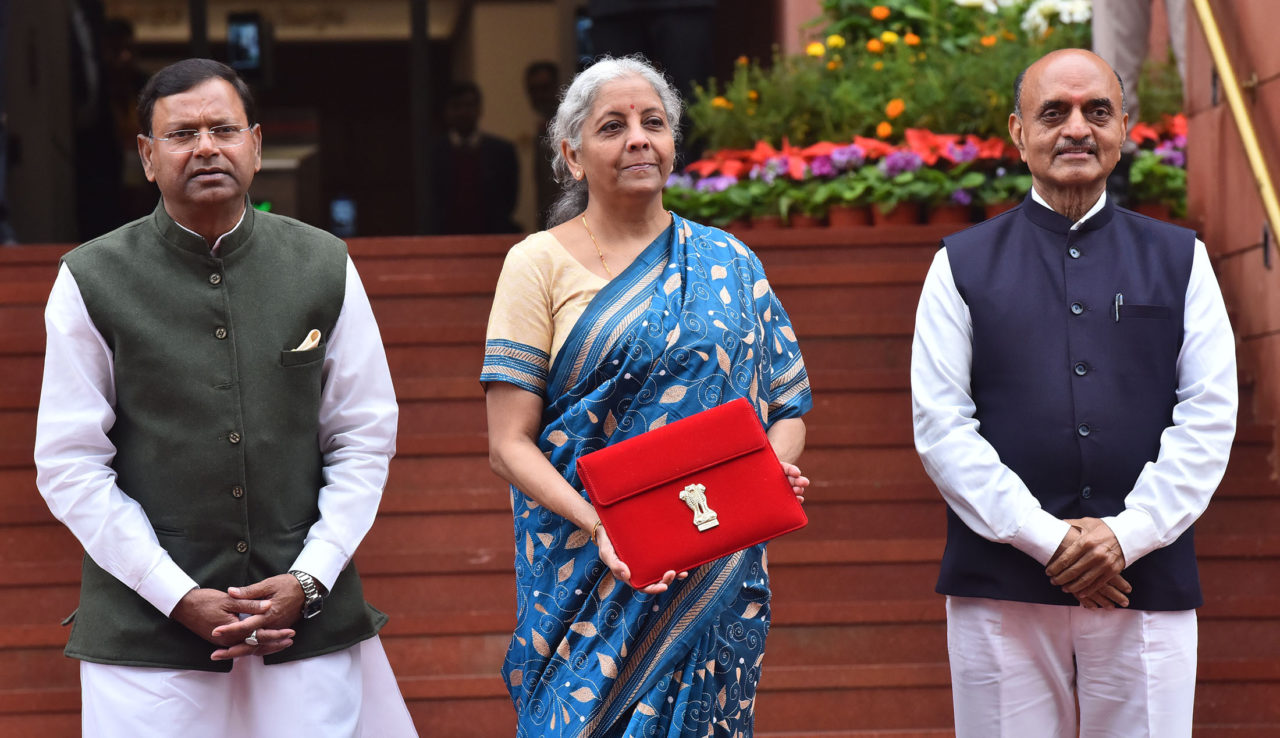
In addition to rooftop solar, the Indian government also allocated INR8,500 crores (US$1.1 billion) to the country’s grid sector for the fiscal year 2024-2025, up from INR4,970 crores (US$663.5 million) in the previous fiscal year.
For the upcoming financial year, the Indian government increased its allocation of resources to the Ministry of New and Renewable Energy (MNRE) by 25.7%.
The Indian government also announced several measures to help reach its renewable power targets, including viability gap funding for 1GW of offshore wind capacity and supporting electric vehicle (EV) manufacturing and charging infrastructure. Sitharaman said the measures will help meet the Indian government’s commitment to net zero by 2070.
Previously, PV Tech reported that India’s residential rooftop solar potential could reach 32GW with subsidy from the MNRE. Indian policy research institute CEEW’s study, ‘Mapping India’s Residential Rooftop Solar Potential’, stated that there is about 118GW of economic potential in residential rooftop solar in India with a condition of restricting rooftop solar size to meet households’ electricity demand.
However, based on consumer willingness to pay and payback in a five-year period, the market potential in residential solar is thought to be just 11GW, with no capital subsidy involved. Currently, India has installed 11GW of rooftop solar capacity, including commercial and residential installations, of which only 2.7 GW is in the residential sector.






